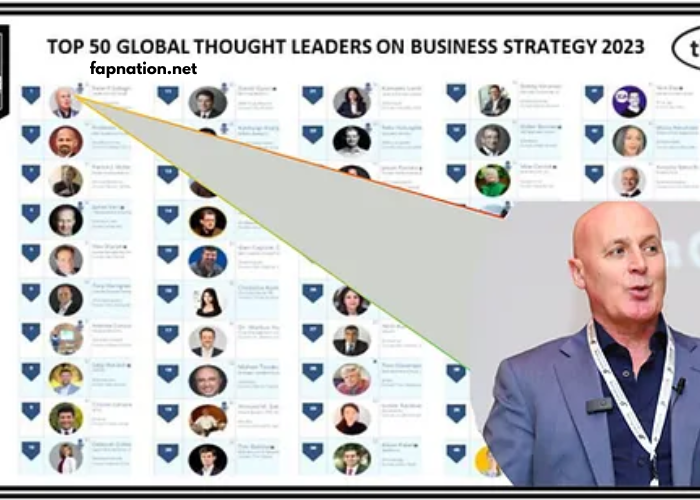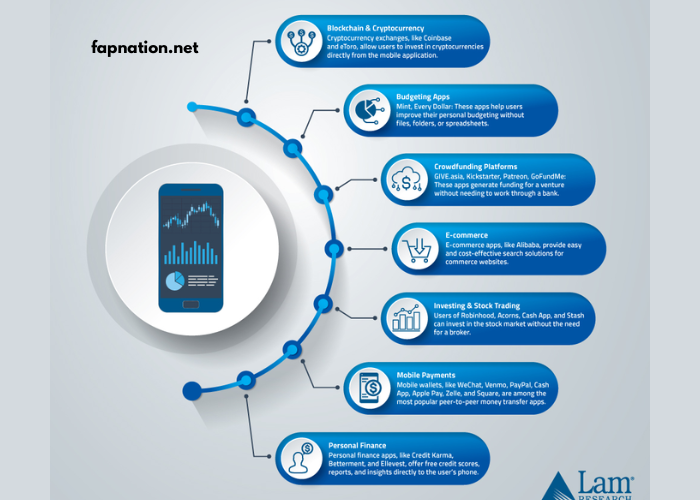As we step into 2025, the business landscape is rapidly evolving, driven by technological advancements, shifting consumer behaviors, and global economic changes. In this dynamic environment, businesses need to adopt innovative strategies to stay ahead of the competition and ensure long-term growth and success. This article explores the top business strategies for growth and success in 2025, offering valuable insights for entrepreneurs, executives, and managers looking to navigate the complex market landscape.
Understanding the New Business Landscape in 2025
Before diving into specific strategies, it’s crucial to understand the key factors influencing business growth and success in 2025. The business environment is being shaped by:
1. Technological Advancements
The continued rise of Artificial Intelligence (AI), Machine Learning (ML), automation, and the Internet of Things (IoT) is revolutionizing industries. These technologies are not only improving operational efficiency but also enabling businesses to deliver personalized customer experiences at scale.
2. Sustainability and Social Responsibility
Consumers and investors are increasingly prioritizing sustainability and corporate social responsibility (CSR). Companies that demonstrate a commitment to environmental sustainability and ethical practices are likely to build stronger customer loyalty and attract top talent.
3. Remote Work and Hybrid Models
The shift toward remote and hybrid work models is here to stay. Businesses must develop strategies that support flexible work environments while maintaining productivity and company culture.
4. Globalization and Market Expansion
With the rise of e-commerce and digital platforms, businesses now have more access to global markets. However, this also means that competition is fiercer than ever, requiring businesses to adapt to different regional preferences and regulatory frameworks.
1. Embrace Digital Transformation
The Role of Technology in Business Growth
One of the most important strategies for business growth in 2025 is embracing digital transformation. Organizations that fail to integrate modern technologies risk falling behind their competitors. Whether it’s adopting AI-driven tools for decision-making, leveraging data analytics for customer insights, or automating internal processes, technology can be a game-changer for businesses seeking efficiency and scalability.
Steps for Digital Transformation:
- Invest in AI and Automation: AI and automation can streamline operations, reduce costs, and enhance customer service. For instance, chatbots powered by AI can handle customer inquiries 24/7, freeing up human agents for more complex issues.
- Adopt Cloud Solutions: Cloud computing allows businesses to scale rapidly without the need for heavy upfront investments in IT infrastructure. It also enables teams to collaborate remotely, an essential feature in the post-pandemic world.
- Leverage Data Analytics: Businesses that use data effectively gain a competitive edge. Data analytics tools can help you understand customer preferences, predict market trends, and optimize your supply chain.
2. Focus on Customer-Centric Strategies
Understanding Customer Needs
In 2025, customer expectations are higher than ever. Businesses that prioritize delivering exceptional customer experiences are more likely to build long-term loyalty and drive revenue growth. Adopting a customer-centric approach involves tailoring products, services, and communications to meet the specific needs and desires of your target audience.
Ways to Implement Customer-Centric Strategies:
- Personalized Experiences: Use AI and data analytics to offer personalized recommendations and content to customers. For instance, e-commerce platforms can recommend products based on previous purchases or browsing history.
- Customer Feedback Loops: Establish regular feedback mechanisms to understand how your customers feel about your products and services. Social media platforms, surveys, and customer support channels can provide valuable insights.
- Build Community: Foster a sense of community around your brand by engaging with customers on social media, hosting events, and offering exclusive perks. A loyal customer base is one of the best forms of marketing.
3. Prioritize Innovation and Adaptability
Staying Ahead of the Curve
In a fast-paced business environment, the ability to innovate is essential. Companies must not only improve existing products and services but also anticipate and respond to emerging trends before their competitors do.
Strategies for Innovation:
- Research and Development (R&D): Invest in R&D to explore new technologies, materials, and solutions. This could involve developing new products or improving existing ones to meet changing consumer needs.
- Foster a Culture of Innovation: Encourage employees at all levels to contribute ideas. A culture of innovation can lead to breakthrough solutions that differentiate your business in the marketplace.
- Be Agile: Embrace agile business practices that allow for quick pivots when necessary. An agile approach enables businesses to adapt to changes in the market, whether it’s a sudden shift in consumer demand or a new technological disruption.
4. Strengthen Your Online Presence
The Power of Digital Marketing
As more consumers move online, establishing a robust digital presence has become essential. From search engine optimization (SEO) to social media marketing, businesses must leverage online channels to connect with their audience, drive traffic, and generate sales.
Key Online Marketing Strategies for 2025:
- SEO Optimization: Invest in SEO strategies to improve your website’s ranking on search engines like Google. This involves optimizing content with relevant keywords, improving site speed, and ensuring a mobile-friendly design.
- Social Media Engagement: Social media is not just for brand awareness; it’s a critical channel for customer engagement. Respond to comments, share valuable content, and use paid advertising to expand your reach.
- Influencer Marketing: Collaborate with influencers who resonate with your target audience. Influencer marketing has proven to be a powerful tool for driving brand awareness and sales, especially in industries like fashion, beauty, and tech.
5. Develop Strategic Partnerships and Alliances
Collaborative Growth
Forming strategic partnerships can accelerate business growth by providing access to new markets, technologies, or customer bases. Partnering with like-minded companies or even competitors (through co-opetition) can create synergies that benefit both parties.
How to Build Effective Partnerships:
- Identify Complementary Partners: Look for companies whose strengths complement yours. For example, a software company might partner with a hardware manufacturer to offer an integrated solution.
- Focus on Mutual Goals: Ensure that both parties are aligned in their objectives. Whether it’s expanding into new markets or co-developing a product, successful partnerships are based on shared vision and objectives.
- Leverage Joint Marketing Efforts: Joint marketing campaigns can help both brands reach a wider audience. This might involve co-hosting webinars, launching joint products, or cross-promoting on social media.
6. Foster a Positive Company Culture
Building a Strong Internal Foundation
A positive company culture plays a crucial role in business success. Employees who feel valued, motivated, and engaged are more productive and committed to achieving organizational goals. As businesses scale in 2025, maintaining a strong culture becomes increasingly important.
Ways to Strengthen Company Culture:
- Embrace Diversity and Inclusion: A diverse workforce brings different perspectives and ideas, fostering creativity and innovation. Inclusion also improves employee morale and retention.
- Offer Employee Development: Invest in training and development programs to help employees grow in their careers. This could include leadership development, technical skills training, or wellness programs.
- Recognize and Reward Employees: Regularly acknowledge and reward employees for their contributions. This can be through formal recognition programs, bonuses, or simple gestures like a thank-you note.
7. Sustainability and Ethical Practices
Embracing Sustainability for Long-Term Success
Consumers and investors are increasingly demanding that companies adopt sustainable and ethical practices. Businesses that prioritize environmental sustainability and social responsibility are better positioned to succeed in 2025 and beyond.
How to Incorporate Sustainability into Your Business:
- Adopt Green Technologies: Invest in energy-efficient technologies, reduce waste, and adopt practices that minimize your carbon footprint. This could include using renewable energy, recycling materials, and reducing single-use plastics.
- Transparent Reporting: Be transparent about your sustainability efforts and report on your progress. Consumers appreciate companies that are honest about their impact on the environment and society.
- Support Local Communities: Engage in initiatives that support local communities, whether through charitable donations, volunteering, or creating job opportunities.
Conclusion
As we approach 2025, businesses must adapt to a rapidly changing landscape marked by technological advancements, shifting consumer behaviors, and a growing focus on sustainability. By embracing digital transformation, focusing on customer-centric strategies, prioritizing innovation, and fostering a positive company culture, businesses can set themselves up for growth and success. Moreover, strategic partnerships, sustainability efforts, and a robust online presence will play pivotal roles in staying competitive and building a strong brand.
The key to thriving in 2025 is not just about responding to change but anticipating it and positioning your business to leverage emerging opportunities. Businesses that are agile, innovative, and customer-focused will be the ones that lead the charge into the future.



